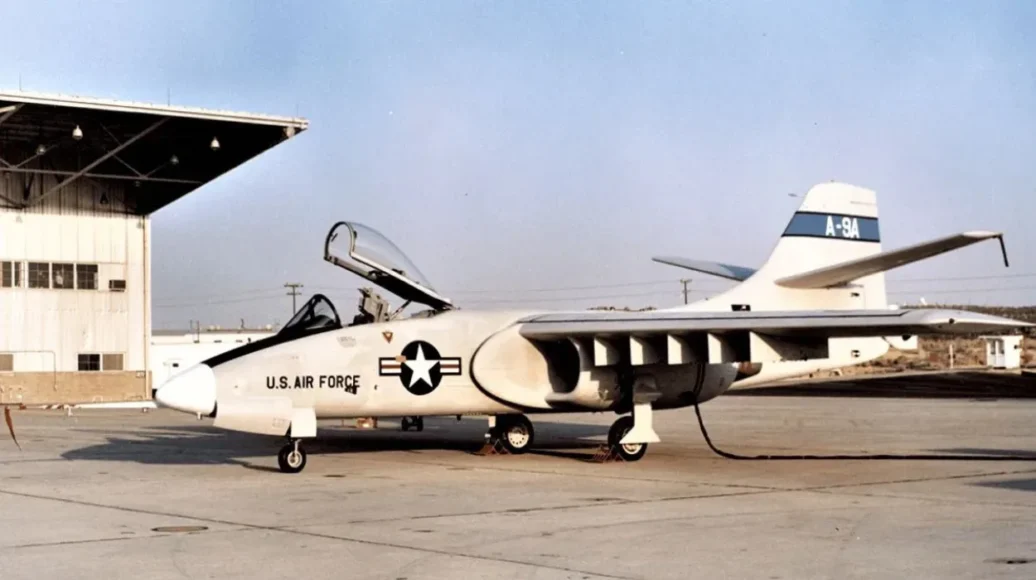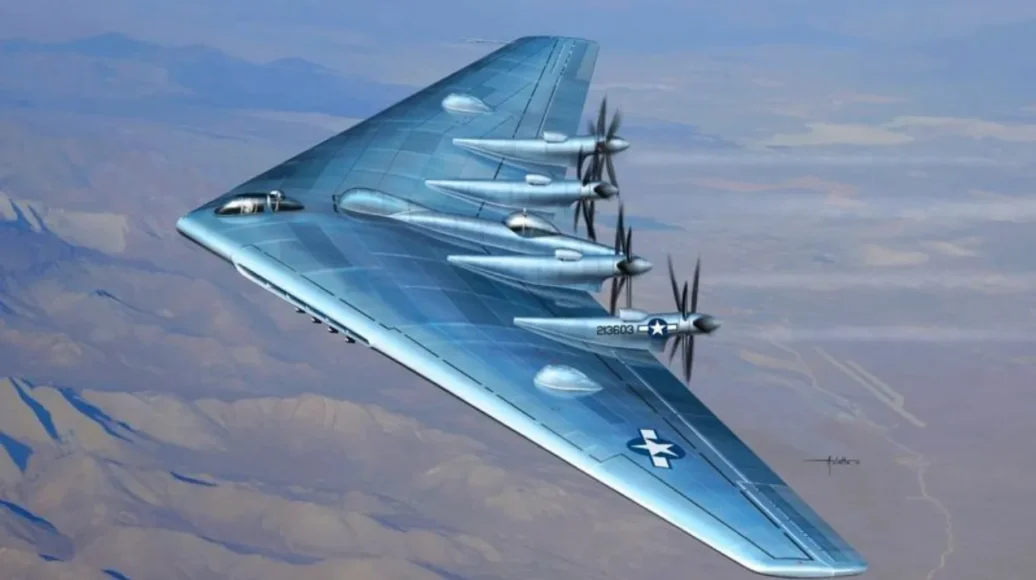
The YA-9 was an experimental attack aircraft developed by Northrop Corporation during the 1970s. It was one of the two competitors for the new generation close air support (CAS) aircraft for the US Air Force with the Fairchild Republic A-10 Thunderbolt II. The competition resulted in major improvements in aircraft design, but while the YA-9 could win, it was not chosen for production. Nevertheless, its historical experience is significant for investigating the progressive changes in the category of military aircraft used to support ground troops during combat operations.
This article will examine the Northrop YA-9 discussing its development, main characteristics, flight test, performance specifications, and influence by other military aircraft designs. At the same time, we will also answer some common questions or questions and answers (Q&A) concerning the aircraft and its aviation part.
Northrop Missile Division YA-9 Series
CAS requirements in the skies, the United States Air Force started a search for a new aircraft to take up CAS roles in 1970. The intended purpose of this model was to supplant the World War II legacy wartime aircraft and give a ground force a well–armored, diverse, and far-flung tactical strike vehicle that was efficient in eliminating enemy targets.
Northrop, who was already developing new military aircraft, introduced the YA-9 as a straight-up contender with the Fairchild Republic A-10 Thunderbolt II. Responding to many of the problems with existing aircraft, Northrop’s design emphasized the idea of survivability, firepower, and maneuverability. Using an M61 gun firing 30mm rounds, the YA-9, similar to the A-10, acquired an accuracy strike to knock out enemy tanks, 155mm SP arty, and other ground objectives.
In 1972, the U.S. Air Force selected two designs: the YA-9 to move on to the next step. The aircraft came through a series of trials that evaluated the effectiveness of the aircraft’s armament firepower and abilities to endure the unexpected on the battlefield as well as Undertakings that sought to assess the overall performance of the aircraft. As for the YA-9, although it demonstrated potential, to finally be awarded the contract for the production it would be the A-10 that was preferred because quite simply the A-10 proved to be a better aircraft thanks to superior low-speed control maneuverability coupled with a more effective design layout.
Key Features and Design of the Northrop YA-9
The specifications that were used in constructing the Northrop YA-9 were durability and armament since it was anticipated that the aircraft would work in conditions where its survival was important. Below are some of the standout features of the aircraft:
1. Durability and Armor
The most crucial design requirement chosen for the YA-9 design was that of survivability. YA-9 was also similar to the A-10 where primary design objectives were to absorb hits and remain airborne and combat-capable. It had a strong armor layout which shielded most of the important tools and components such as the engine as well as the cockpit so the crew was capable of pressing on with their task regardless of a strike by the opposing force. About overall structure, the fuselage was built in a way that it could take damage in a fight, and was redundant in some of the most important areas.
2. Engine and Propulsion
The YA-9 had two GP turbofan engines mounted close to the rear of the aircraft, on either side of the vertical tail. This layout was designed to minimize the possibility of complete engine destruction by enemy action because the engines were located farther from the cockpit and were less exposed to ground fire. This engine arrangement was also going to enhance the aircraft’s level of survivability.













Leave a Reply